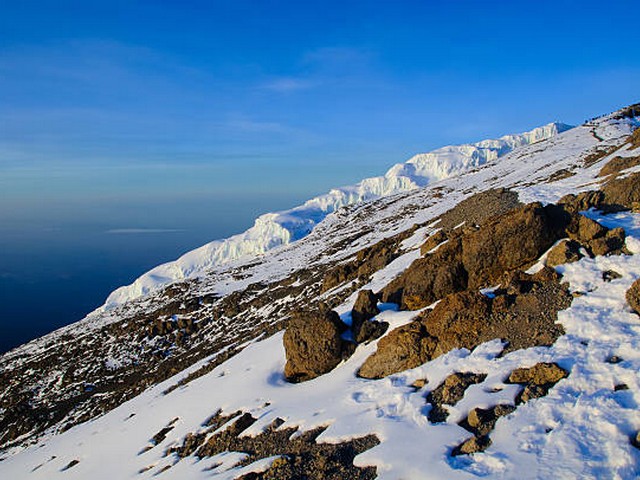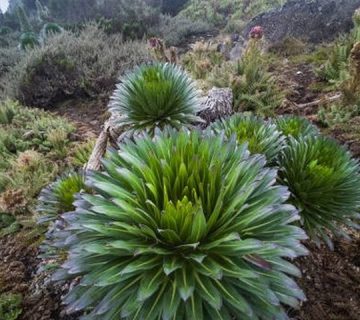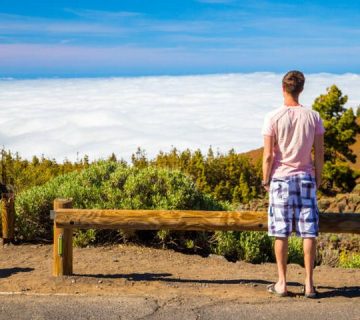Best Practices for Safe Kilimanjaro Climbs: Your Ultimate Guide
Unlock the Secrets to a Successful and Safe Ascent
Standing as a beacon for adventurers worldwide, Mount Kilimanjaro is not just a mountain; it’s a monumental journey through five unique climate zones, leading to the highest point in Africa. While the allure of conquering this majestic peak is undeniable, the climb demands respect, preparation, and adherence to safety protocols. At the Kilimanjaro Centre for Trekking and Ecotourism (KCTE), we pride ourselves not only on facilitating breathtaking adventures but also on ensuring that every climber returns home enriched and unharmed. This guide dives deep into the best practices for safe Kilimanjaro climbs, curated from our extensive experience and commitment to your safety.
Why Focus on Safety?
Kilimanjaro’s beauty is matched by its challenges. The mountain’s altitude, weather variations, and physical demands can pose serious hazards if underestimated. However, with proper planning and execution, climbing Kilimanjaro can be extraordinarily rewarding and safe. Understanding and implementing best safety practices is not just recommended; it is imperative for the wellbeing of every hiker.
Preparing for Your Climb: The Foundation of Safety
Health and Fitness
Assess and Prepare: Climbing Kilimanjaro does not require technical mountaineering skills, but good physical health and stamina are crucial. Start preparing months in advance with cardio, strength training, and hikes that simulate Kilimanjaro’s long trekking days.
Medical Check-Up: Visit your doctor to get a clean bill of health for high-altitude trekking. Discuss vaccinations, altitude sickness prevention medications, and any personal health concerns.
Choose the Right Gear
Dress for Success: Layering is key. Prepare for warm tropical weather at the base and freezing temperatures as you ascend. Essential items include a waterproof jacket, thermal layers, and quality hiking boots.
Rent or Buy?: While some equipment is available for rent at KCTE, personal items like boots should be broken in and comfortable long before your flight to Tanzania.
Selecting Your Route and Timing
Route Options
Varied Choices: Kilimanjaro offers several routes, each with its own characteristics. For beginners, the Marangu and Machame routes are popular for their gradual slopes and higher success rates. Consult with KCTE experts to find the route that suits your experience and fitness level.
Best Time to Climb
Optimal Seasons: The best times to embark on your Kilimanjaro adventure are during the dry seasons: January to mid-March and June to October. Clear skies and safer trails make your climb more enjoyable and secure.
Acclimatization: The Key to Conquering Altitude
Understand Altitude Sickness
Prevention and Symptoms: Learn about Acute Mountain Sickness (AMS), High Altitude Pulmonary Edema (HAPE), and High Altitude Cerebral Edema (HACE). Recognize symptoms early, and understand that proper acclimatization is the best preventive measure.
Schedule for Success
Slow and Steady: Choosing a longer route allows more time for acclimatization. KCTE recommends routes that gradually ascend, giving your body time to adjust to the altitude, which significantly increases your chance of a successful summit.
On the Mountain: Practices to Ensure Your Safety
Stay Hydrated and Nourished
Fuel Your Ascent: Drink plenty of water and eat balanced meals. Your body performs best when well-hydrated and fueled.
Follow the Path and Your Guide
Trust in Experience: Stick with your guide, follow their instructions, and stay on marked trails. Our KCTE guides are trained to prioritize your safety and adjust plans based on the group’s needs and weather conditions.
After Your Climb: Recovery and Reflection
Take Time to Rest
Recover Properly: Post-climb, allow your body to rest. Enjoy the amenities at your KCTE chosen accommodation, and reflect on your achievement.
Share Your Experience
Inspire Others: Share your climb experience and photos. Not only does it offer a chance to reflect on your personal journey, but it also inspires and guides future climbers.
Why Book Your Climb with Kilimanjaro Centre for Trekking and Ecotourism (KCTE)?
Choosing KCTE means opting for an experienced, responsible partner committed to providing a safe, memorable, and environmentally conscious climbing experience. Our expert guides, comprehensive climb support, and dedication to safety are unmatched, ensuring that your journey to the Roof of Africa is as rewarding as it is thrilling.
FAQs: Safety on Kilimanjaro
Q1: How do I prevent altitude sickness?
A1: Acclimatize properly, hydrate, eat well, ascend slowly, and communicate any symptoms to your guide immediately.
Q2: What is the safest time of year to climb Kilimanjaro?
A2: The dry seasons (January to mid-March and June to October) offer the most stable weather conditions for climbing.
Q3: Can beginners climb Kilimanjaro?
A3: Absolutely! With proper preparation, physical conditioning, and choosing the right route, beginners can successfully summit Kilimanjaro.
Embark on your adventure to the summit of Kilimanjaro with the seasoned experts at Kilimanjaro Centre for Trekking and Ecotourism. Contact us today to start planning your climb, and take the first step towards a safe and unforgettable journey to the top of Africa.




